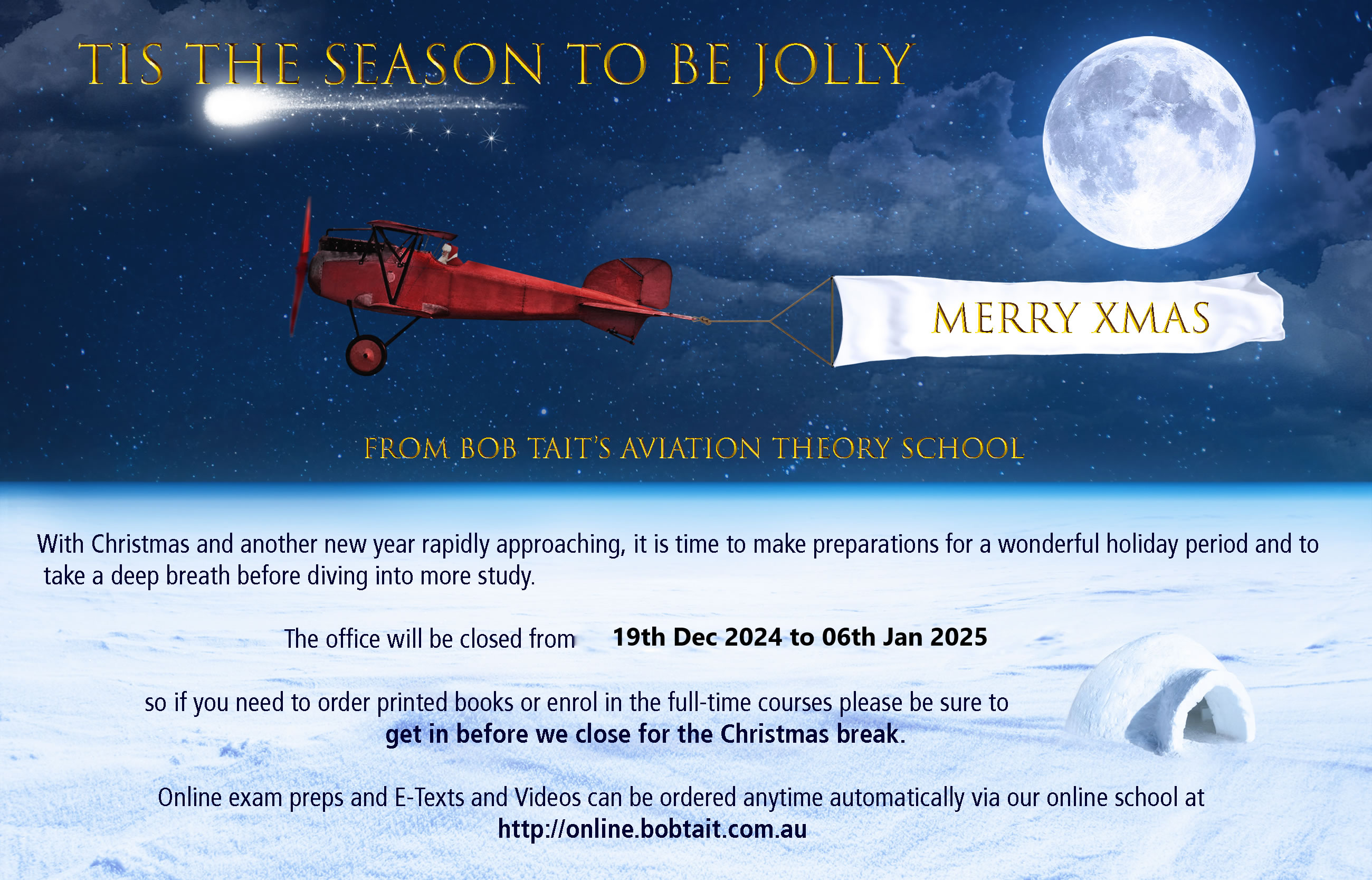Hi all,
I am working through the Bob Tait CNAV and Nav Workbook at the moment.
Something I am having trouble with is determining what the heading is when converting a magnetic direction to a compass direction.
Using the below compass card as an example:
|
°M
|
N
|
030
|
060
|
E
|
120
|
150
|
S
|
210
|
240
|
W
|
300
|
330
|
|
°C
|
000
|
028
|
058
|
090
|
122
|
152
|
182
|
212
|
241
|
271
|
301
|
330
|
I've looked through previous threads, and the general advice is use the conversion on the card which is closest to your magnetic heading; for example a heading of 219°M would most closely align with 210°M, therefore using the 210°M correction, the compass heading would correct to 221°C.
In the Nav workbook, Exercise: True, Magnetic and Compass Direction; this works for some conversions but not all (the questions where this does not work, the difference is 1°). Is the correct method to interpolate the data and come up with a more precise calculation? Am I missing something?
Thank you in advance,
Zac



